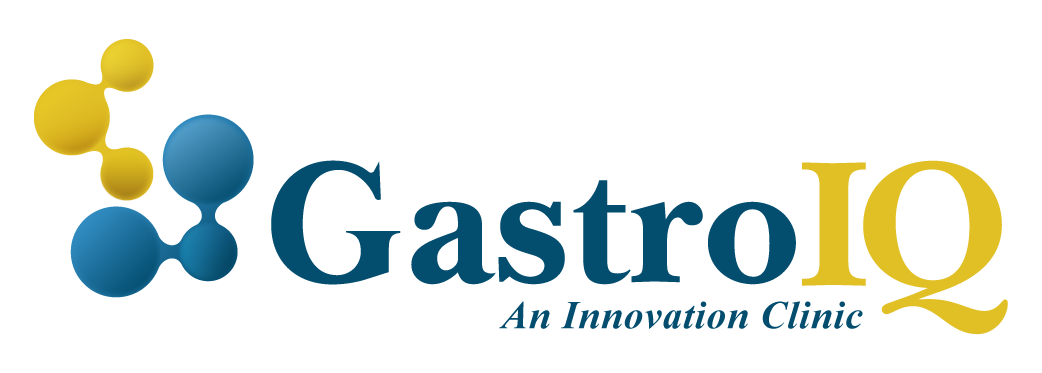Barrett’s Oesophagus
What is it?
What causes it?
Barrett’s oesophagus is caused by the back flow (reflux) of stomach acid into the oeosphagus over many years. This causes irritation of the cells and results in them changing shape. Anything that contributes to reflux therefore also plays a part in causing Barrett’s.
The common contributing factors include:
– A hiatus hernia
– Obesity (overweight)
– Alcohol and smoking
– Dietary factors
There also appears to be a genetic predisposition for white males above the age of 50 years old.
What are the symptoms?
Barrett’s oesophagus itself does not cause any symptoms and indeed many people are not aware they are affected. The most common symptom people with Barrett’s report is that of ‘heartburn’ which is related to the backwash of stomach acid into the oesophagus.
– Heartburn (burning discomfort in the chest often after eating)
– Difficulty swallowing. This can suggest a complication of Barrett’s or reflux and should be assessed urgently.
How do you diagnose Barrett’s oesophagus?
Barrett’s oesophagus is diagnosed during a gastroscopy by carefully assessing the lower oeosphagus. To confirm the diagnosis, and to check for pre-cancerous changes, tiny samples (biopsies) will be taken from the affected area.
How do you treat Barrett’s oesophagus?
There are three main aspects to treating Barrett’s oesophagus:
(i) The first part of treatment is to reduce the amount of ‘reflux’ of stomach acid into the oesophagus. This helps to heal any inflammation in the area, as well as preventing the area of Barrett’s from getting any bigger. This involves:
– Modifying any risk factors you may have (eg. a change in diet, losing weight)
– Medications that suppress the amount of stomach acid produced
– Occasionally surgery is recommended particularly for patients with a hiatus hernia, and in those who have ongoing inflammation despite medication
(ii) The second aspect of treatment is called ‘surveillance’. This involves carefully assessing the Barrett’s every few years to check for pre-cancerous changes (dysplasia), and is done during a gastroscopy. A close inspection as well as biopsies are performed.
(iii) The third aspect of Barrett’s treatment is getting rid of any pre-cancerous tissue (dysplasia) if it is found. Recent advances in technology allow for treatment of the Barrett’s via gastroscopy (no need for major surgery). The two types of treatment are:
a. Endoscopic mucosal resection: the Barrett’s cells are cut out using advanced tissue resection techniques
b. Radio-frequency ablation(RFA): a special device is used to carefully burn the diseased tissue to destroy the abnormal cells.
Both procedures are performed by Dr. Paul Urquhart who completed specialized training in these procedures overseas.
Ongoing monitoring (surveillance) of the oesophagus is vital to ensure there is no recurrence of Barrett’s oesophagus or associated dysplasia.

